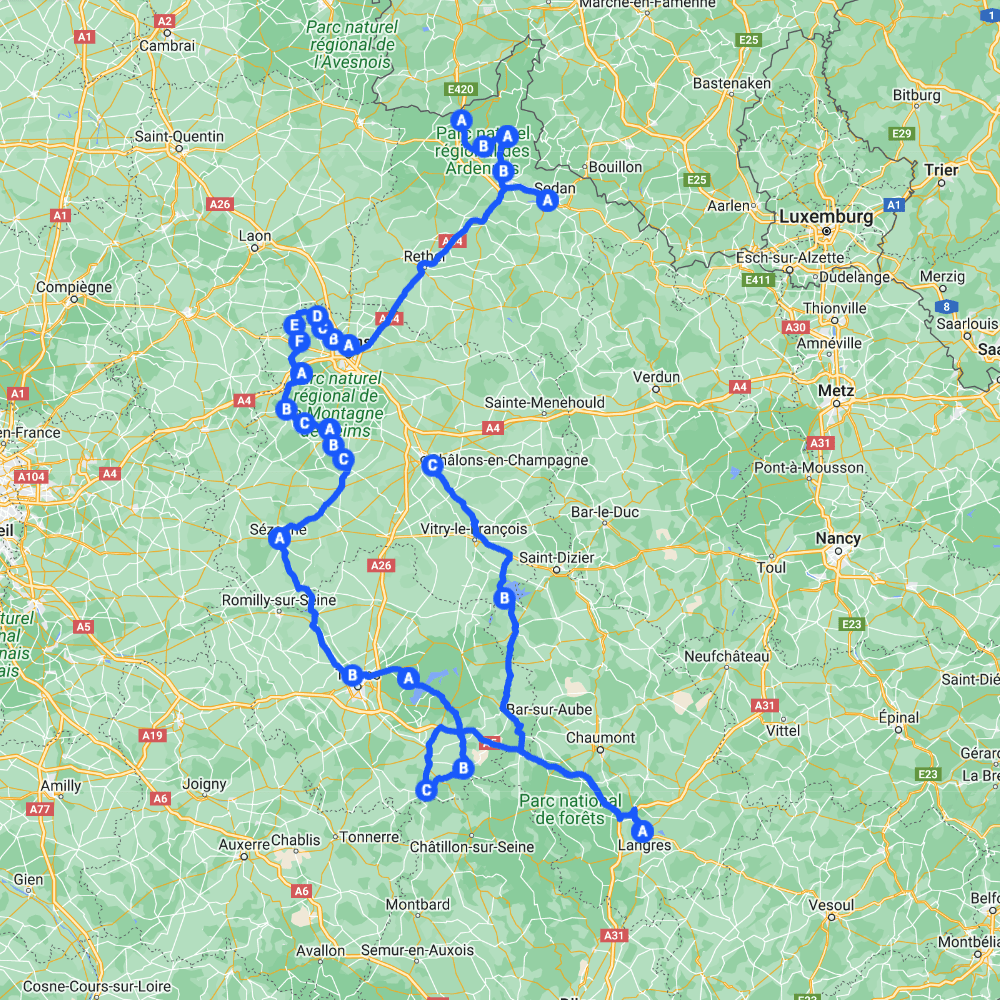Champagne region
The Champagne-Ardenne region is the gateway to eastern France and is known for the prestigious elixir that French kings sipped and whose bubbles contributed to George Sand's feeling of delight. Right, Champagne. It seems impossible to imagine the Benedictine Dom Pérignon knowing the impact of his revolutionary method for making wine. The bubbles conquered restaurants all over the world and sparkled at many a party. However, the Champagne region is not only known for Champagne. The French Ardennes have had to endure many invasions and wars, from the Romans to the World Wars.
This road trip takes you past extensive forests and along beautiful waters such as the Meuse and Lac du Der, where the cranes annually land on their way south. The mighty cities of Reims and Troyes are also part of the journey.
Total distance of the route: 721 km
Rocroi - Monthermé
We start our road trip close to the Belgian border in the French Ardennes. The common thread here is the river Meuse that winds through the many forests. Rocroi is a little town fortified by Vauban and situated in the middle of the rièzes - the swamps. A striking feature of Rocroi is the star-shaped fortification around the city. The French Ardennes were often hit by invasions, hence the many fortifications. In the museum in Rocroi, you will learn everything about the battle of 1643 against the Spanish. Nice villages in the area are undoubtedly Revin, Haybes, Fumay and Givet, where you can visit the fortress that Charles V had built. While driving, pay attention to the remains of large Roman fortifications. Monthermé is situated in a bend of the river Meuse and is known for its beautiful landscapes and views. Certainly Roche à Sept Heures offers a very nice view on the city and the surrounding nature. Don't forget to hike to Roc-la-Tour, the huge boulders look like ruins of a castle, but they are not. Legend has it that the boulders bear witness to an unfinished construction that was sabotaged by none other than the devil himself.
Monthermé has a cosy little port and l'Abbaye de Laval Dieu is also worth a visit. A little outside the city is Château-Regnault and le Monument des Quatre Fils Aymon, a tribute to one of the most famous legends of the Ardennes: the Vier Heemskinderen.
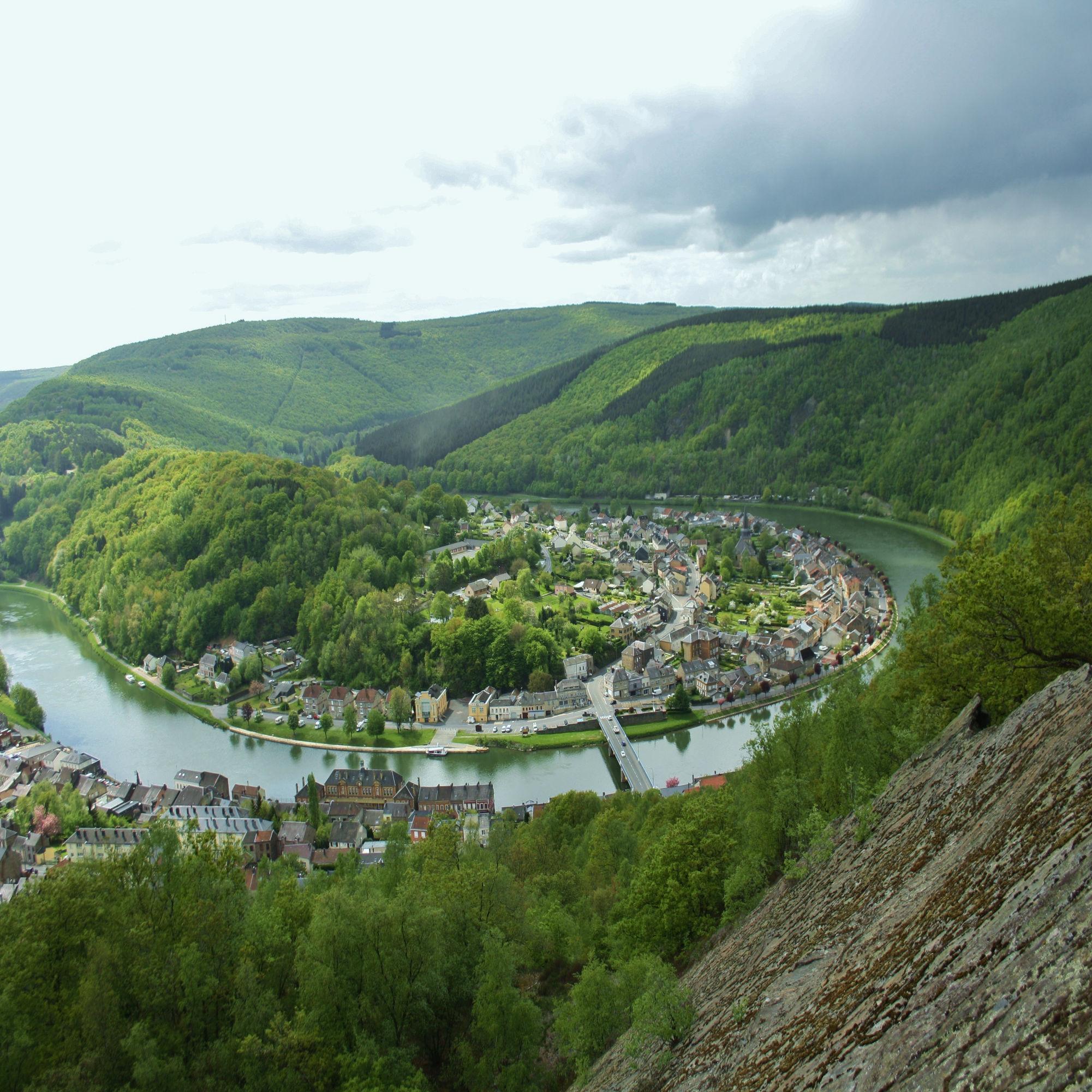

Monthermé - Sedan
From Monthermé, we drive to Charleville-Mézières. The city is in full growth and lies between the meanders of the Meuse. Place Ducale, the city's best-known square, strongly resembles Place des Vosges in Paris, which is not surprising. The architects of the respective squares were brothers. Around Place Ducale, there are numerous shopping streets. Be sure to take a look at the Notre-Dame-d'Espérance and admire the contemporary stained-glass windows. The city established Musée Rimbaud which is housed in an old mill opposite the famous poet's house. Our final stop in the French Ardennes is Sedan, the city with the largest fortress in Europe. The castle is built on a rocky spur surrounded by the Bièvre and Vra rivers. For 500 years, the castle was a strategic location between France and the Holy Roman Empire. The fortress was built continuously, without demolishing older parts. The castle grew to cover an area of 35,000 m² on 7 levels. The architecture of the old centre of Sedan is characterised by the cloth industry which was very important to the town.
Reims
After Sedan, we drive straight to Reims and really enter the Champagne region. Before we dive into the wine cellars, we visit the beautiful town. Reims is known for its sumptuous cathedral, which is also one of the largest in France. Already in the 3rd century, Reims had a bishop. Clovis had himself baptised in the cathedral around the year 500 and thus became the first Christian king of the Franks. Since then, Reims has been a coronation city and remained so until 1825. Palais du Tau or Palais des Archevêques was specially built in the Middle Ages to receive the court on the occasion of a coronation. Throughout time, the palace was restored and rebuilt several times in the style of the time. Now the palace houses the church treasury and some original statues from the cathedral. Tip: the rose window in the cathedral is at its most beautiful towards the end of the afternoon when the light is perfect. In Reims, you can also visit the Basilique St-Rémy and the monastery of the same name. Villa Demoiselle by Louis Sorel is also a must. This masterpiece on the border of Art Nouveau and Art Deco shows the more worldly pleasures. The reception room has no less than 3000 reproductions of champagne bottles!
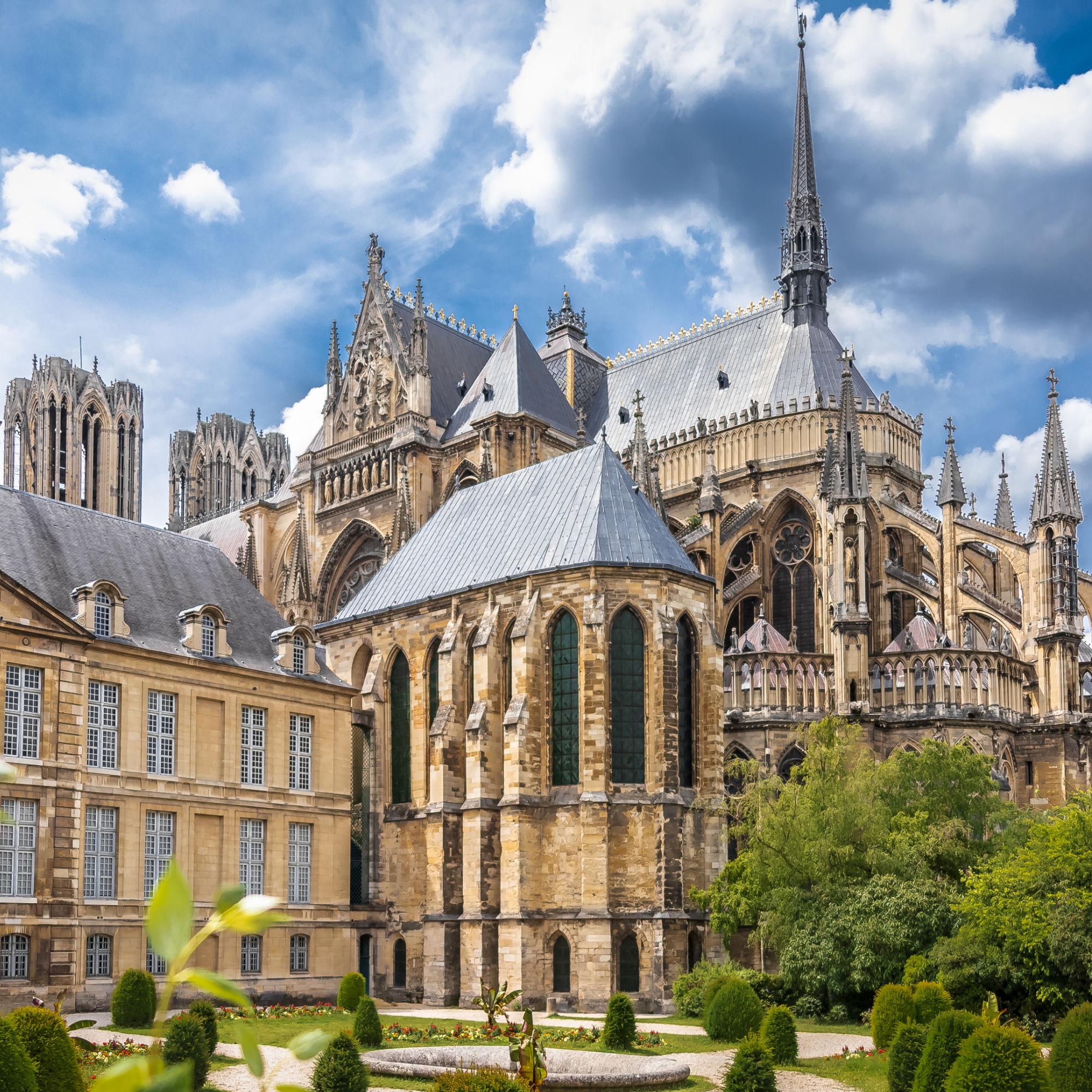
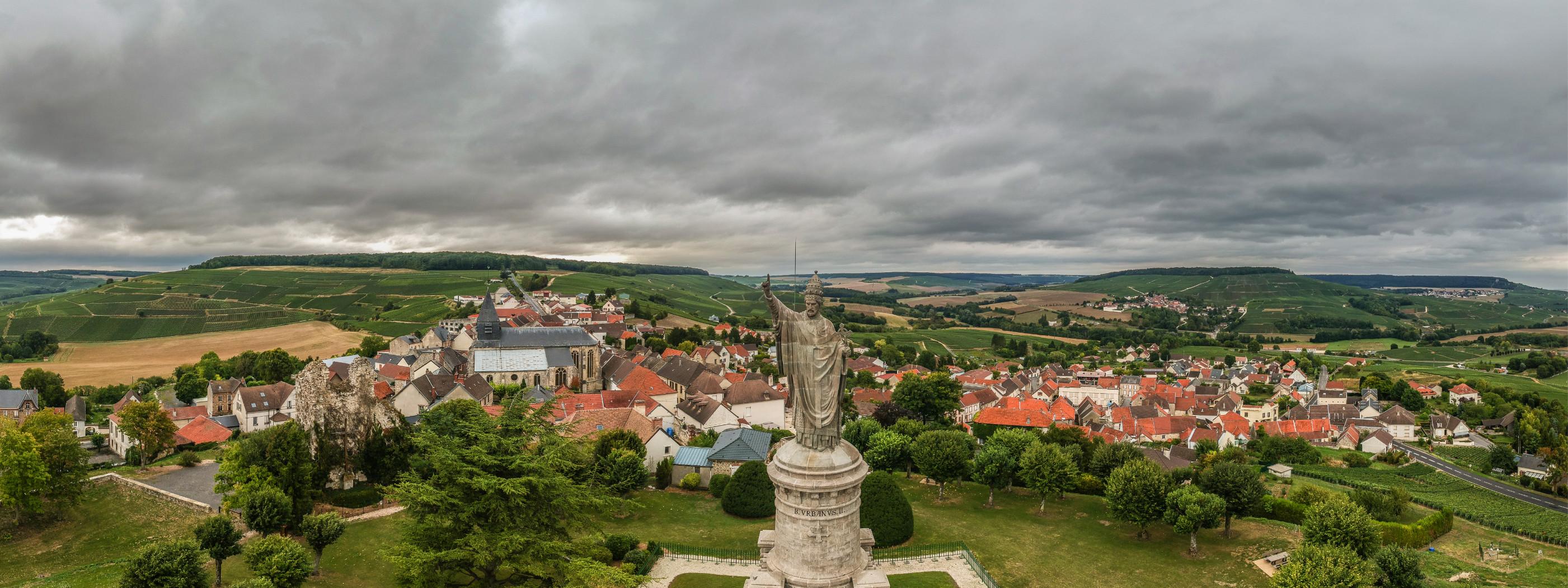
Massief van Saint-Thierry
After Reims, it is time to explore the surroundings. The road through the Massif de Saint-Thierry is interspersed with vineyards, forests and small villages closely associated with the coronations of French kings. The area offers numerous wine cellars and houses with the "Vignobles & Découvertes" label, which reveal the secrets of their champagne during a tasting. In the Massif de Saint-Thierry, mainly red wines were produced. In the 6th century, a student of Saint-Remi, Thierry, founded a monastery in the hamlet of 'Mont d'Hor'. The monastery flourished for 13 centuries and had a positive influence on the surrounding villages. The development of the vineyards was a fact. When you drive through the small town of Saint-Thierry, be sure to stop at the old abbey. We continue our trip along the vineyards and villages. Hermonville is a cosy place full of colourful flowers. You can also visit the British Military Cemetery. Cormicy, on the edge of the Aisne, was completely destroyed during the First World War. Only the symbolic buildings were rebuilt. The town is completely surrounded by champagne vineyards. Through the winding roads we descend to Sarcy and the Parc naturel régional de la Montagne de Reims.
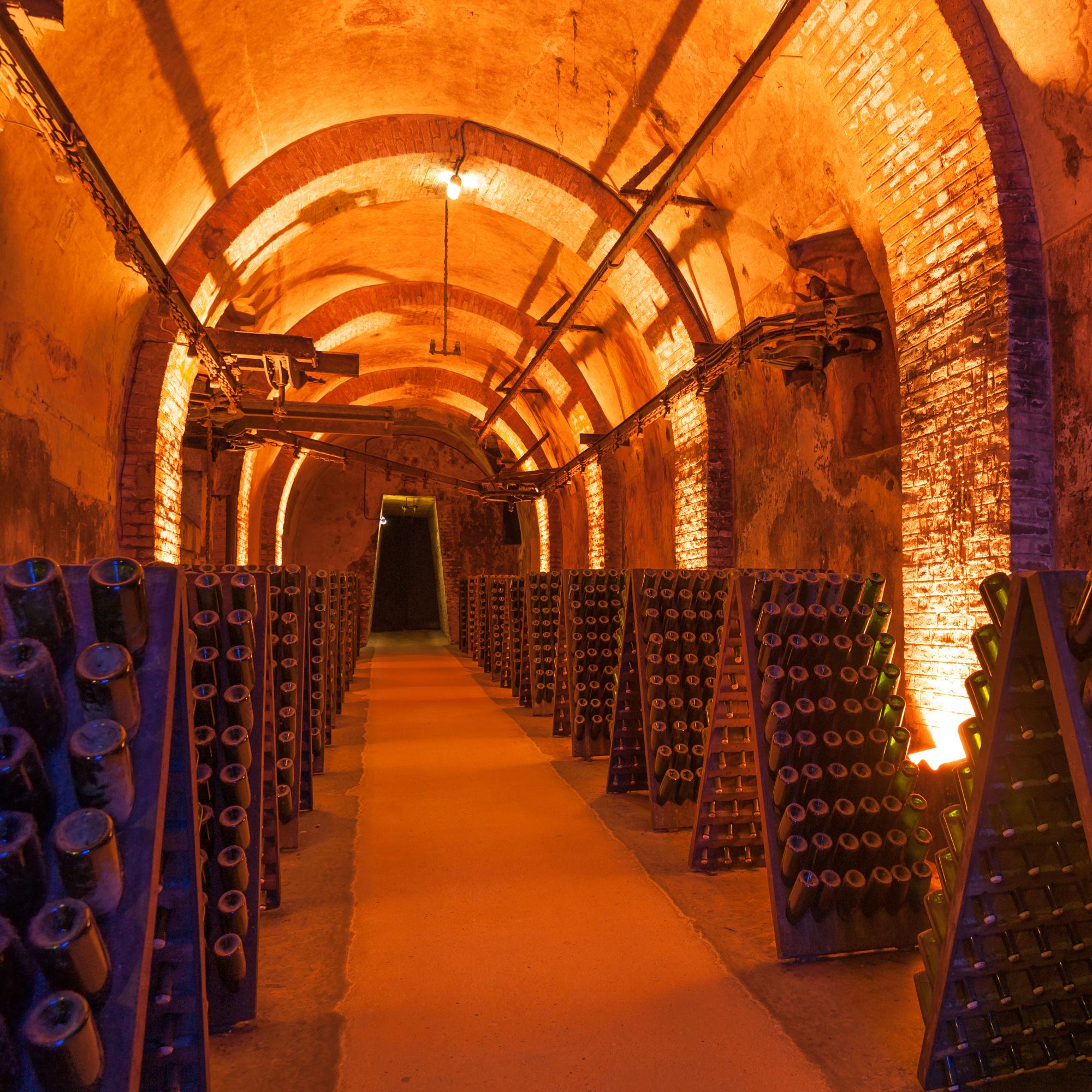
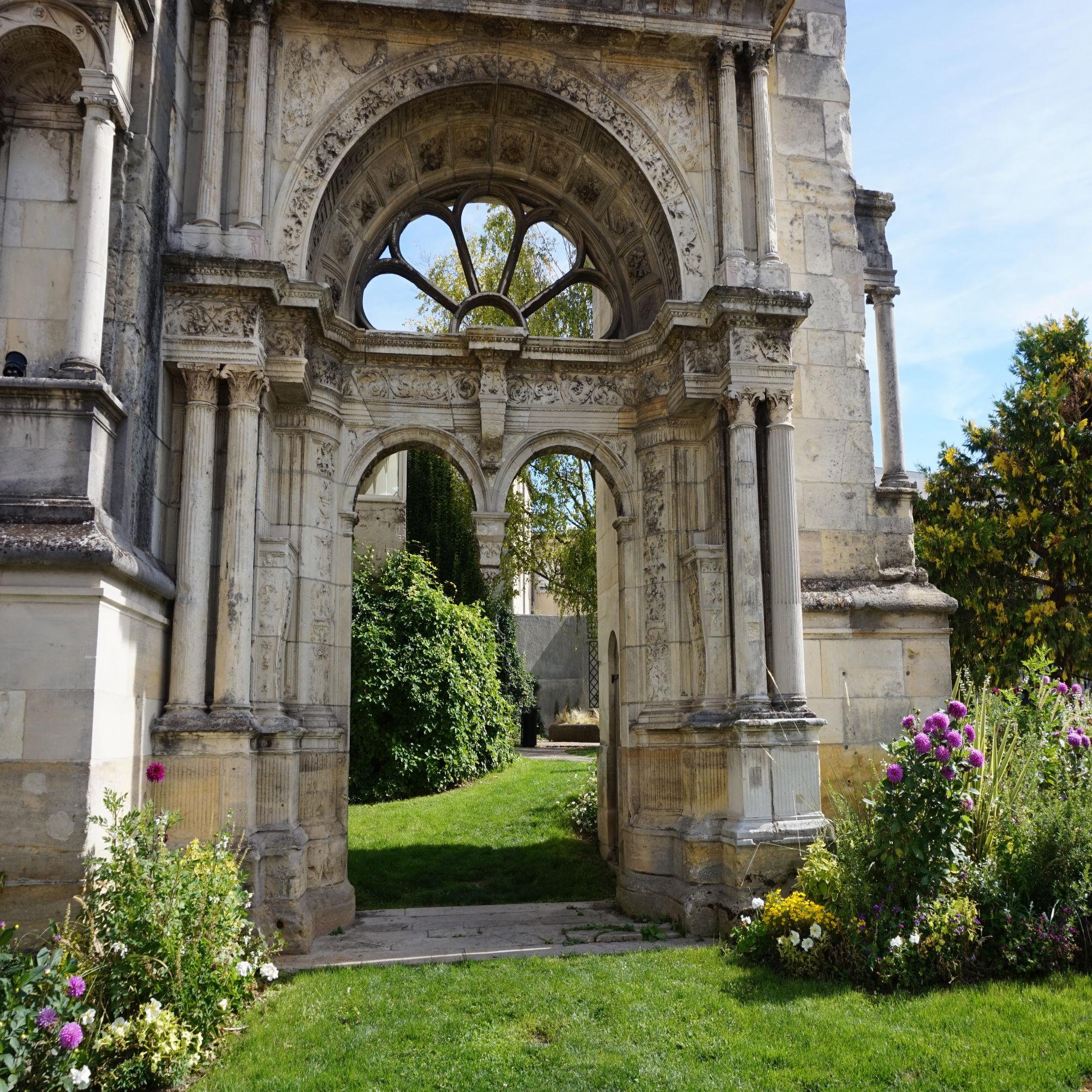
Épernay
From Sarcy, we drive towards Épernay, with a stop in Châtillon-sur-Marne. This fortified town offers a beautiful view of the Marne valley. The Romanesque church from the 10th century was completely destroyed and rebuilt in the 15th century. But the church did not survive the French Revolution either. What you will certainly notice in Châtillon-sur-Marne is the enormous statue of Pope Urban II. The pope was born here and became a powerful pope who organised the first crusade to Jerusalem. Hautvillers is a picturesque village situated between the rolling hills full of grapevines and champagne houses. In the Abbaye Saint-Pierre d'Hautvillers, the monk Dom Pérignon is buried, undoubtedly a pioneer in champagne production. Finally, we reach Épernay, the capital of the Champagne region and world-famous for its large champagne houses. On the famous Av. de Champagne you can literally walk from one champagne house to the next. You can also visit the city's other attractions on foot, such as the town hall, the Orangerie or the Château-Perrier, to name but a few.
Côte des Blancs
From Epernay, follow the Côte des Blancs route past several villages and vineyards. Admire the beautiful 18th century mansions in Pierry. One of the houses was opened by the man of letters Jean Cazotte to the great writers, philosophers and artists of his time. In Cuis and Le Mesnil-sur-Oger, you will find beautiful churches. In the latter village lived Léon Bourgeois, Nobel Peace Prize winner (1920). Oger is one of the 'most beautiful villages of France'. Here, you will find the extraordinary Musée des Traditions de l'Amour et du Champagne. Vertus is the birthplace of Eustache Deschamps, the most popular French poet of the 14th century. Close to Bergères-les-Vertus, there is Mont Aimé, from where you have an impressive view of the area. The hill was the site of prehistoric settlements, and the Gauls and the Romans also set up camp there. The hill served to burn the Cathars of the Champagne region in 1239. Finally, the route takes us to the busier town of Sézanne. Nearby is the forest of Traconne, where you can go for a nice walk and discover the quiet countryside that was so dear to the writer Marcel Proust.
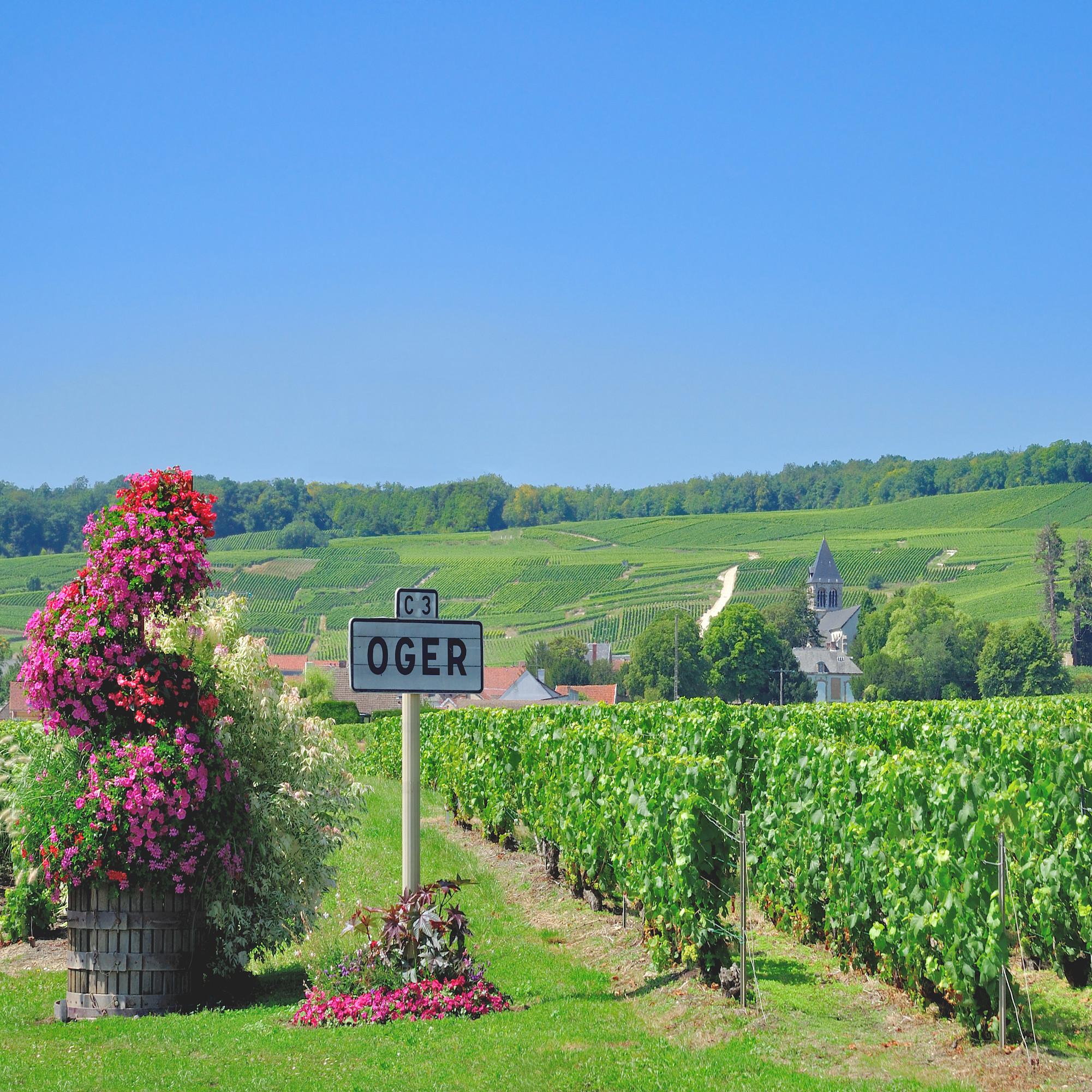
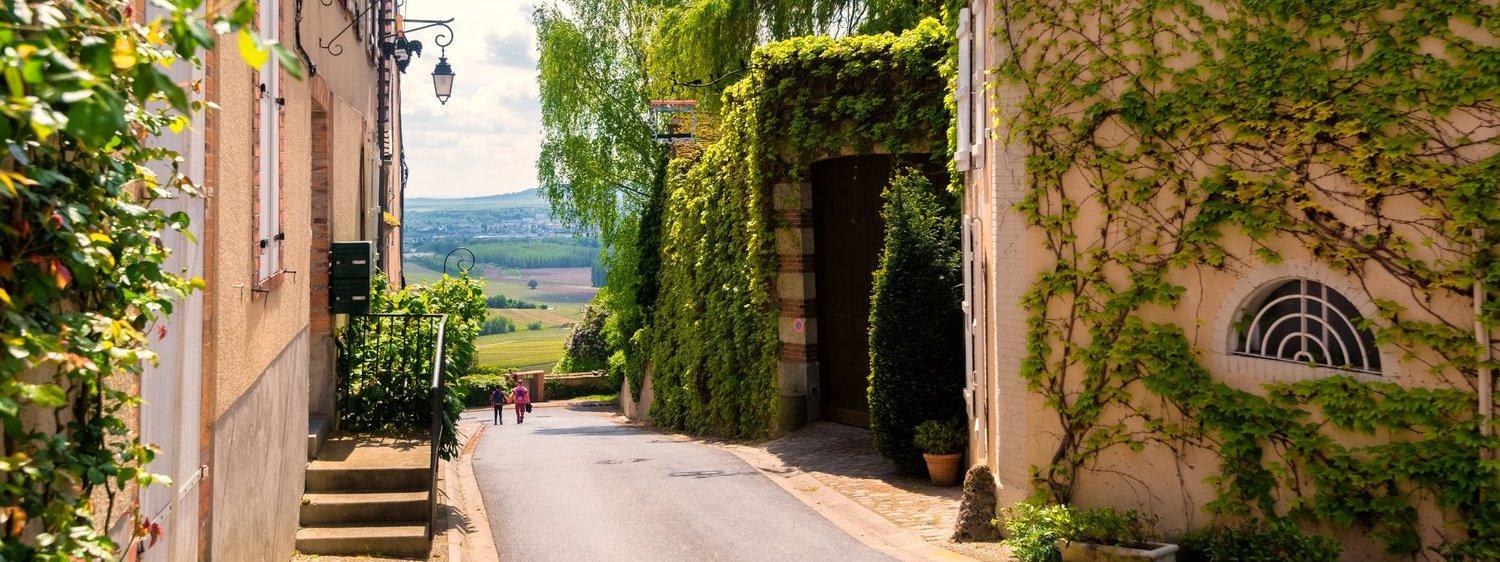
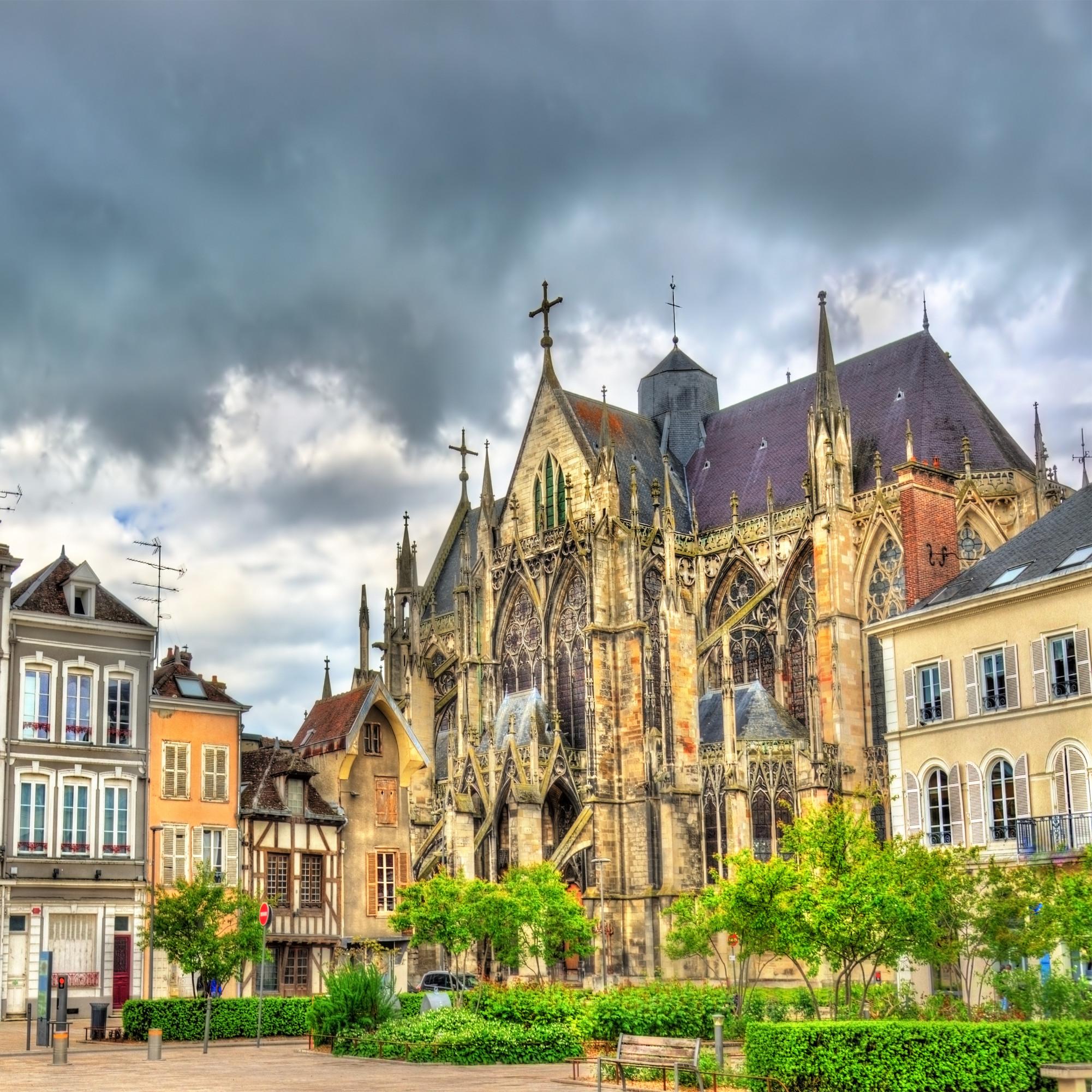
Troyes
Troyes, the city of a thousand colours and the historic capital of Southern Champagne. The historic centre is shaped like a champagne cork! In the Early Middle Ages, Troyes suffered invasions by Attila the Hun and the Vikings even managed to burn the city to the ground. The city was home to the medieval writer Chrétien de Troyes, pioneer of the courtly novel and founder of Arthurian literature. Thanks to its strategic location on the Seine, carpet workshops, mills, tanneries, weaving mills and paper mills developed in the city. Later, the textile industry was especially important. Troyes is called the city of a thousand colours because of its beautiful half-timbered houses with their colourful facades. The mysterious alleys invite you to walk along the Cathédrale St-Pierre-et-St-Paul, an impressive building from the 13th century. Pay particular attention to the impressive stained-glass windows from both the Middle Ages and the Renaissance. The old bishop's palace now houses the Musée d'Art Moderne. In short, a day in Troyes will not be boring.
Côte des Bar
Aube and Champagne together form the southern champagne region and is called the Côte des Bar. For a long time, the champagne producers of the Marne looked down on the region, but today, the Côte des Bar accounts for almost a quarter of the champagne production. So this champagne region should not be missed on our road trip. The region is less covered with vineyards. They are interspersed with small villages, forests and fields. Because the region is less touristy than the Marne, the champagne is generally cheaper and you can almost literally sit at the table with the champagne producer. It is a more personal experience than in the Marne. The nicest villages in this region are probably Bar-sur-Seine with beautiful old streets, Essoyes where the painter Renoir stayed, les Riceys with the old mansions, Mussy-sur-Seine and Noë-les-Mallets. You can relax in nature by the lakes of the Forêt d'Orient. The 5000 hectares of water surface consists of three large lakes that form the heart of the Regional Nature Park. In the largest lake, Lac d'Orient, areas have been set up for swimming and sailing. It is the main bird reserve of the park.
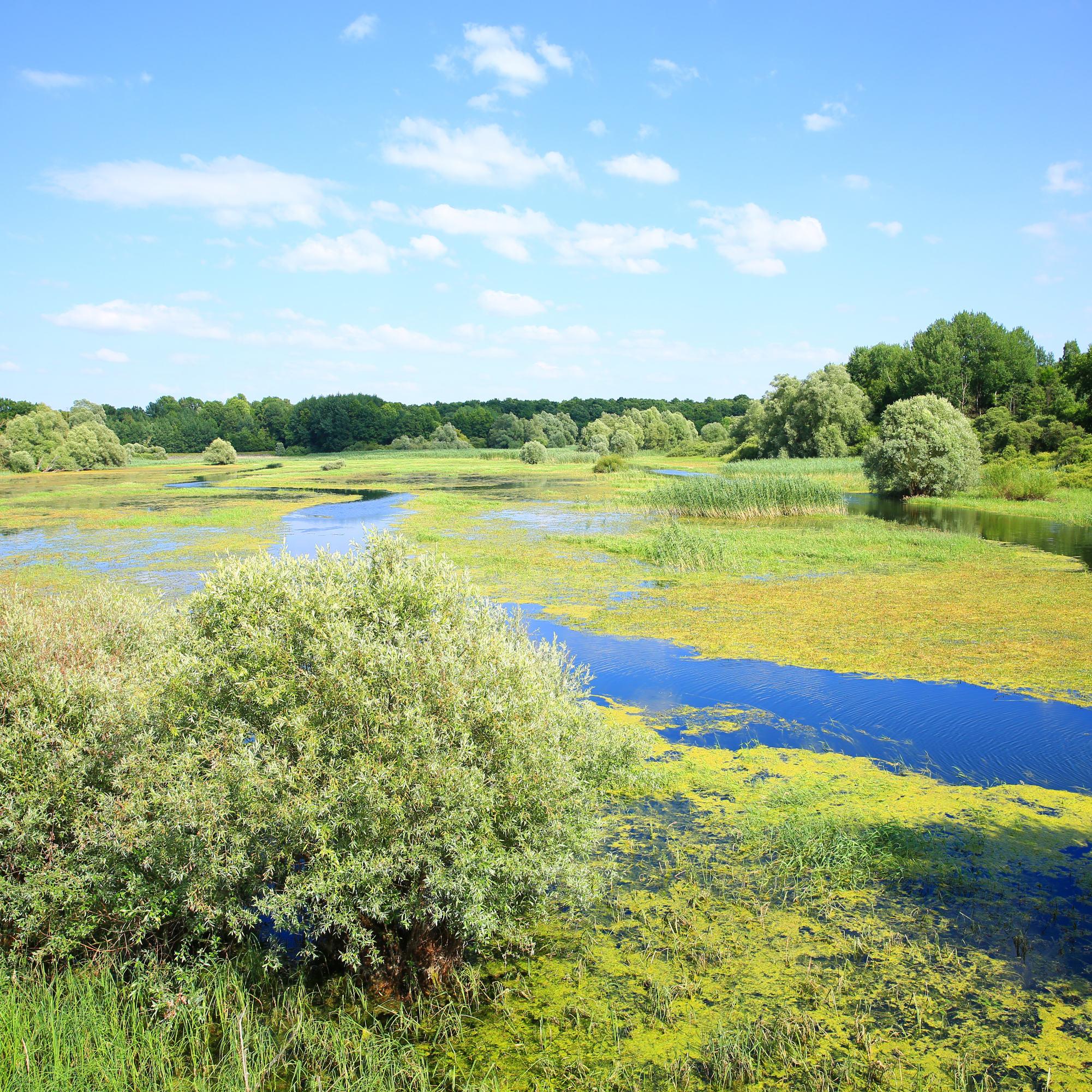
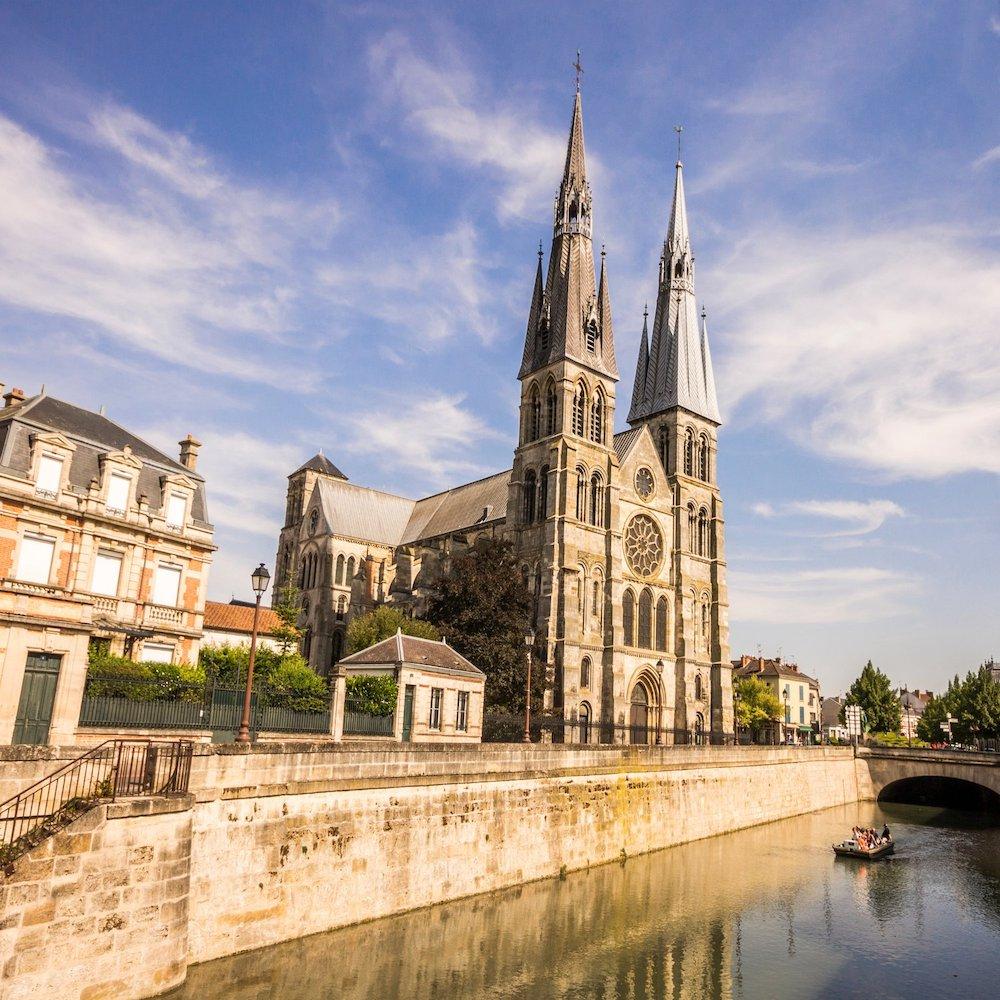
Langres - Châlons-en-Champagne
The next stage is Langres, the birthplace of Diderot and Jeanne Mance. Langres is still surrounded by ramparts and has some beautiful Renaissance houses. Be sure to visit the Saint-Mammès Cathedral and its cloister. Our next stop is Lac du Der, one of the largest reservoirs in Europe. In the autumn, many large migratory birds arrive here. They spend the winter on its shores or migrate further south. If you feel like it, you can climb the Giffaumont-Champaubert viewing platform. From 30 metres up, you have an unrivalled view of the lake and the surrounding meadows. We end our route in Châlons-en-Champagne, the capital of the Marne department. The city has a rich religious heritage. Take a walk in the old centre where you can admire the Cathédrale St-Etienne and the Eglise Notre-Dame-en-Vaux. Both buildings are on the Unesco World Heritage list. In Parc du Jard, the former bishop's meadow, you can take a rest. Several mansions from the 17th and 18th centuries also adorn the city. Not far away, the basilica of Epine is situated.

